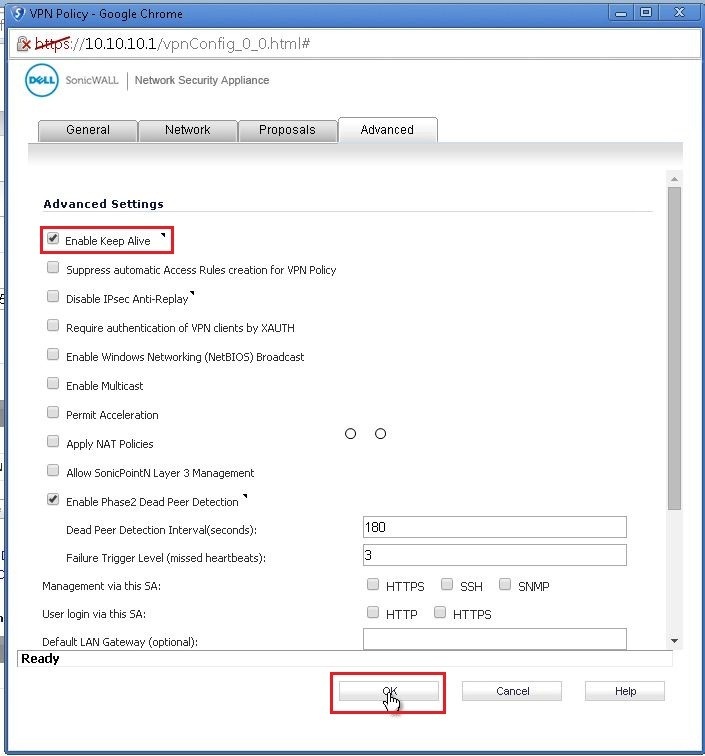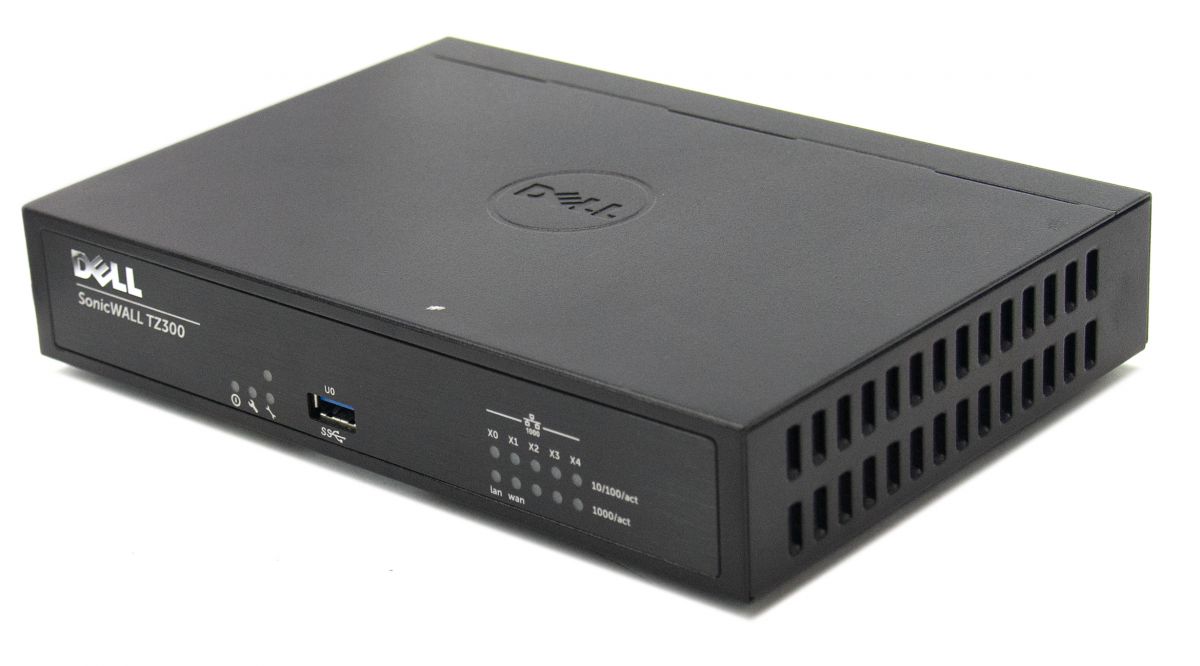
In the Network Address IPV4 drop-down list, select the network item you created.In the Netmask/Prefix Length text box, type a network mask value.In the Network text box, type an IP address.From the Type drop-down list, select Network.In the Name text box, type a descriptive network name.From the Network Address IPV4 drop-down list, select Create a new network.In the Default Device Profile list, click Configure.In the User Domain text box, type your domain.

In the SSL VPN Port text box, type the port to use.For SSL VPN Status on Zones, select WAN.From the User authentication method drop-down list, select RADIUS.Next, you must enable RADIUS user authentication in user authentication settings. From the Default user group drop-down list, select SSLVPN Services.Select Use RADIUS Filter-Id attribute on RADIUS server.In the Primary Server section, in the Port Number text box, type the port for the RADIUS server (AuthPoint Gateway) to use to communicate with the RADIUS client (SonicWall Network Security Appliance).In the Primary Server section, in the Shared Secret text box, type a shared secret to identify your RADIUS client.In the Primary Server section, in the Name or IP Address text box, type the IP address of your RADIUS server (the AuthPoint Gateway).From the User Name Format drop-down list, select Simple-Name.In the RADIUS Server Timeout(seconds) text box, type 60.Log in to the SonicWall Network Security Appliance web UI.To use the RADIUS authentication with SonicWall Network Security Appliance,Ī RADIUS server (the AuthPoint Gateway) must be configured in the users configuration. A token is assigned to a user in AuthPointĬonfigure SonicWall Network Security Appliance Configure a RADIUS Server.End-users can log in to the SonicWall Network Security Appliance.You have installed and configured the AuthPoint Gateway (see About Gateways).This diagram shows the data flow of an MFA transaction for a SonicWall Network Security Appliance.īefore you begin these procedures, make sure that: SonicWall Network Security Appliance Authentication Data Flow with AuthPointĪuthPoint communicates with various cloud-based services and service providers with the RADIUS protocol. This integration was tested with SonicOS Enhanced 6.2.7.1-23n of SonicWall Network Security Appliance TZ 400.

For this integration, we set up RADIUS authentication with AuthPoint. Your SonicWall Network Security Appliance can be configured to support MFA in several modes. Your SonicWall Network Security Appliance must already be configured and deployed before you set up MFA with AuthPoint. This document describes how to set up multi-factor authentication (MFA) for Dell SonicWall Network Security Appliance with AuthPoint as an identity provider. Dell SonicWall Network Security Appliance Integration with AuthPoint Deployment Overview


 0 kommentar(er)
0 kommentar(er)
